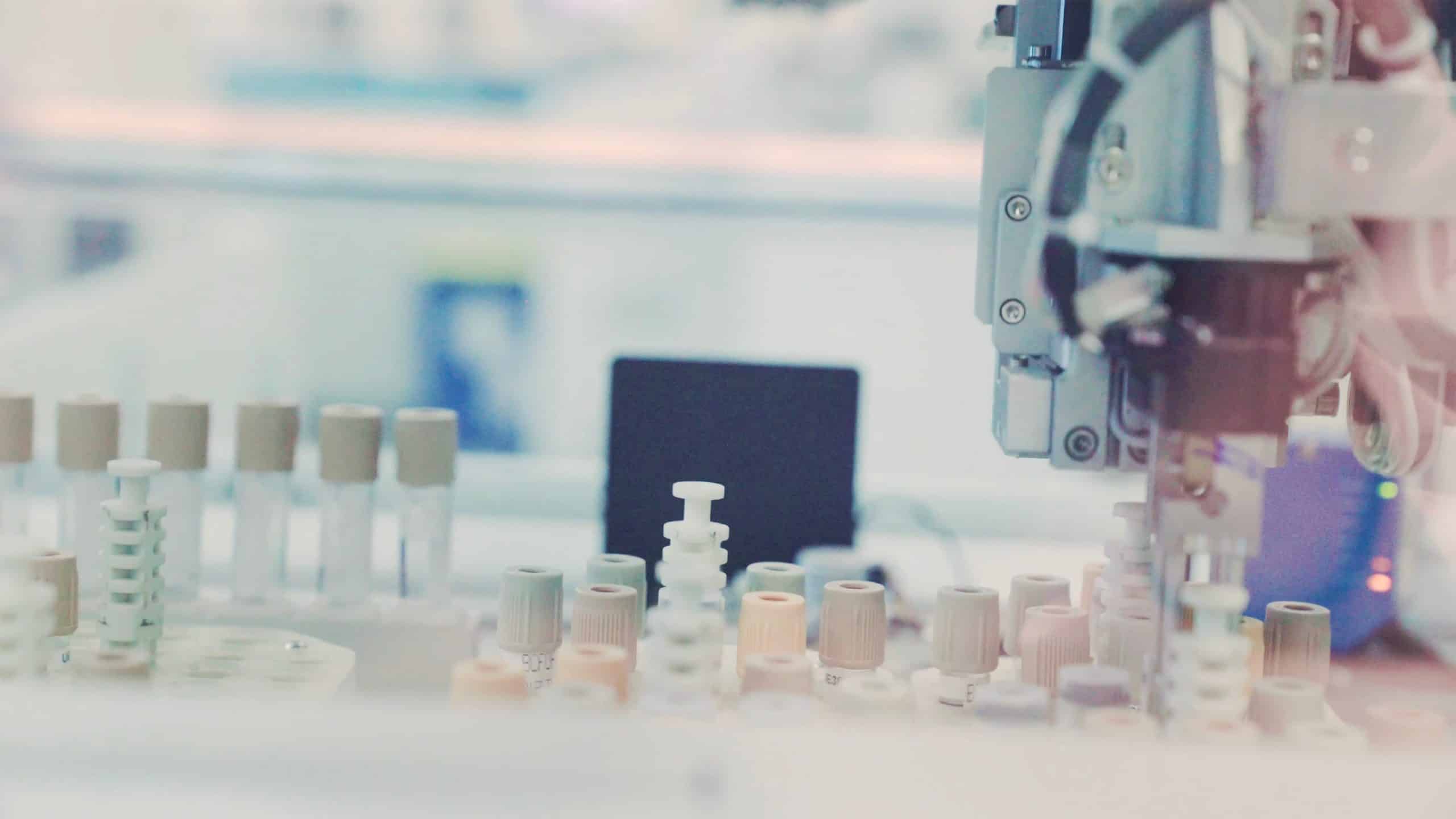In hemorrhagic or high-risk hemorrhagic surgery, i-SEP’s device collects the blood lost by the patient, washes it, and salvages the blood cells, including both red blood cells and platelets. The cells are then retransfused to the patient, either instead of or in addition to blood bank transfusions (allogeneic transfusions). “The benefit is threefold: not only for the patient but for the health system as well, considering that a platelet concentrate costs up to €750. It will also reduce reliance on blood product inventories, especially platelet inventory, which are constantly under strain,” says Sylvain Picot, CEO and co-founder of i-SEP.
“We have developed a new generation of autotransfuser that retransfuses red blood cells and platelets to the patient, like a miniature transfusion center in the operating theater, allowing for a whole new approach to transfusion practice,” explains Sylvain Picot, CEO and co-founder of i-SEP.
Current IOCS (Intraoperative Cell Salvage Blood Recovery) solutions recover only red blood cells, by centrifugation. Same by i-SEP uses filtration to recover up to half of platelets, in addition to red blood cells.
This was confirmed by a clinical trial in four French university hospitals (Nantes, Bordeaux, Rennes, and the Georges Pompidou European Hospital), completed in mid-2021. Fifty cardiothoracic surgery patients took part. The trial was intended to support the application for CE approval in Europe by proving that the autotransfuser is just as efficient as rival solutions at recovering red blood cells and that it is safe and more effective than other platelet recovery methods. The results were even better than i-SEP expected. More than half of the platelets lost by patients are salvaged, and they are more than 84% functional.
Anesthetists and anesthetist nurses praise the device’s flexibility. Besides making their job significantly easier, it is easy to use and can be installed in just two minutes.
The device is expected to obtain CE approval (European marketing authorization) in mid-2022. Discussions have begun with the FDA with a view to registering it in the United States.



